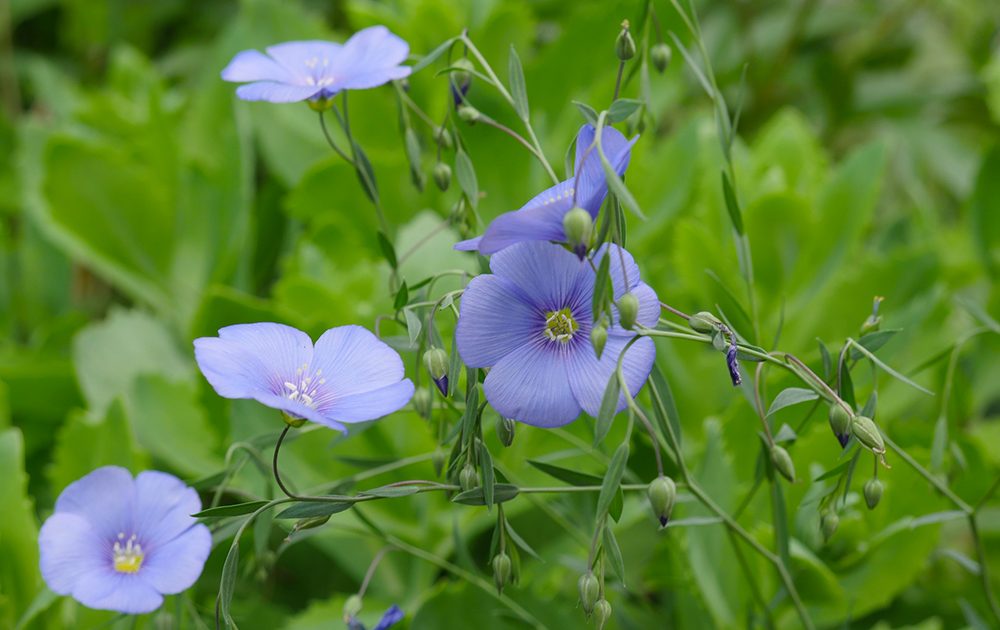Archives

Implements for linen making. Zeanuri (Bizkaia), 1931. Felipe Manterola Collection. Labayru Fundazioa Photographic Archive.
Subsequent chores required to extract the fibre from the flax plant by hand and traditionally process it to be spun into linen were undertaken during the autumn.
Beating it, mazoz jo
Once retted and dried, the bundles of straw were crushed with mallets by one, two or even three beaters, their beating so becoming all the more effective and bearable. A stone called liho-harria would be expressly used for the said task in many houses. (more…)
Flax was highly esteemed in the old days; indeed, there were no or few farms where it was not grown, because flax fields provided a vital element for the autarchic economy which characterized farmsteads: textile fibre.
Cultivated flax plants were herbaceous and of fragile appearance, with a pure blue flower. Blossomed flax fields in spring are said to offer a breathtaking landscape, unknown for many, perhaps most of us. (more…)



